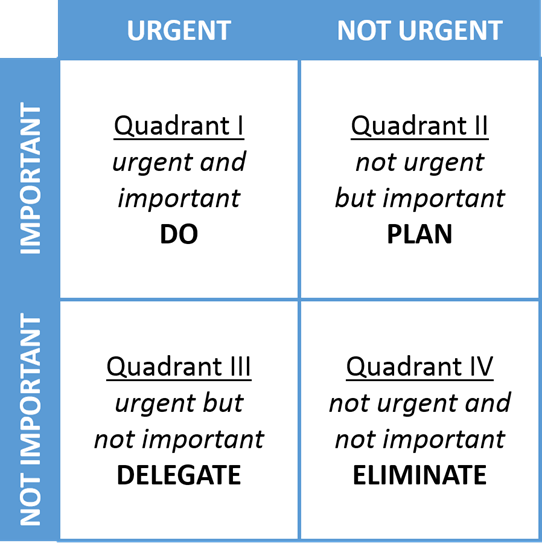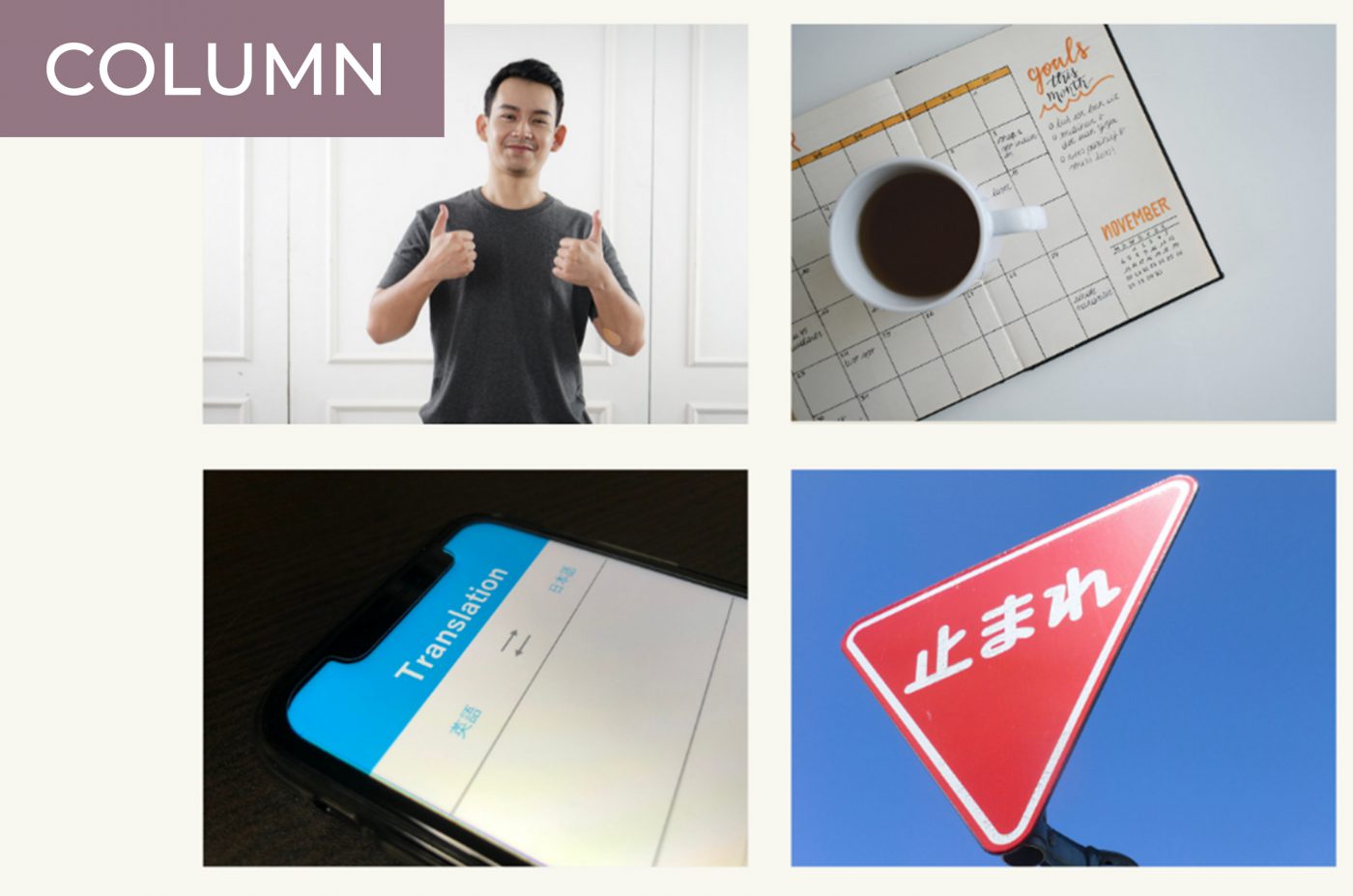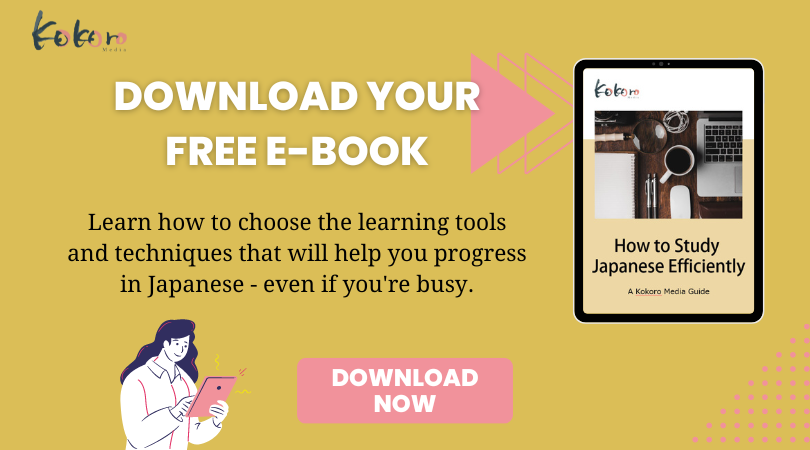Dwight D. Eisenhower, the 34th President of the United States, was a paragon of productivity. According to the Eisenhower Presidential Library, his two terms in office (1953 to 1961) were filled with accomplishments that shaped the U.S. and the world. Highlights include signing the 1957 Civil Rights Act, authorizing the development of the Interstate Highway System, signing the bill that created NASA, and presiding over the establishment of Hawaii and Alaska as U.S. states. Additionally, he authorized the creation of the Defense Advanced Research Projects Agency (DARPA), the birthplace of technological breakthroughs such as the internet and GPS satellites.
In a 1961 address to the Century Association, Eisenhower summarized his philosophy on productivity by saying, “Who can define for us with accuracy the difference between the long and short term! Especially whenever our affairs seem to be in crisis, we are almost compelled to give our first attention to the urgent present rather than to the important future.” Decades later, Stephen R. Covey would distill Eisenhower’s philosophies down to a Time Management Matrix, which is now commonly referred to as the Eisenhower Matrix.
This brings us to the focus of this article: using this matrix to structure your Japanese learning efforts. Learning a new language, especially one that requires the memorization of over 2,000 kanji characters, is daunting at best and overwhelming at worst. Therefore, it’s important to follow a framework that can help you learn efficiently. This is especially important if you just started living in Japan where your quality of life and career opportunities depend on language proficiency.
The Eisenhower Matrix Explained

Before we can apply the Eisenhower Matrix to learning Japanese, we first need to understand this tool in its original context: productivity. The matrix, as pictured above, is divided into four quadrants representing four ways to separate your actions and tasks:
- Quadrant I (urgent and important): tasks that need immediate attention
- Quadrant II (important but not urgent): long-term tasks that should be planned
- Quadrant III (urgent but not important): tasks that should be delegated or automated
- Quadrant IV (neither urgent nor important): tasks that should be eliminated
When it comes to productivity, we often fall into the trap of believing that urgency automatically equates to importance. As James Clear, author of Atomic Habits says, “Urgent tasks are things that you feel like you need to react to: emails, phone calls, texts, news stories. Meanwhile, in the words of Brett McKay, ‘Important tasks are things that contribute to our long-term mission, values, and goals.’”
As Eisenhower once said in quoting an anonymous college president, “I have two kinds of problems, the urgent and the important. The urgent are not important, and the important are never urgent.”
How the Eisenhower Matrix Can Be Applied to Japanese
I’ll be the first to admit that applying a productivity tool to language learning can be a bit of a stretch, but bear with me. In the chart below, I’ve divided common elements of learning Japanese that are especially relevant to those who have just moved to Japan with a limited command of the language. This chart requires some explanation, as there are a few caveats that need to be addressed.

Quadrant I is where every Japanese learner begins—the important and urgent characters, expressions, and phrases needed to survive. The sooner you can master greetings, hiragana, and katakana, and how to obtain daily necessities, the sooner you can start enjoying life in Japan.
The content of Quadrant II requires long-term planning and goal setting. Passing the Japanese Language Proficiency Tests (JLPT) and learning business Japanese are some of the most important aspects of your language-learning journey. However, by definition, they are not as urgent as the contents of Quadrant I.
Quadrant III is where this model gets a little tricky. Of course, in the grand scheme of things, casual, daily communication is important for building relationships. However, they are also fleeting and depending on your progress with Japanese, they may not serve your study goals. To respond to these urgent forms of communication, consider delegating your comprehension to translation software or the aid of native speakers. This will enable you to respond to the urgency of these items without taking time away from more valuable efforts in Quadrants I and II.
Finally, we have Quadrant IV: Japanese that can be eliminated (unless you have a specific purpose for studying it). Over the years, I’ve found that popular textbooks and study applications occasionally teach jargon and obscure vocabulary words that are hardly ever used in daily life. Work with an instructor or Japanese friends to identify and minimize time and effort spent on these words. Additionally, unless you simply enjoy studying kanji, spending large amounts of time going beyond the joyo kanji yields diminishing returns. Of course, if you need certain jargon or kanji for your career or hobbies then, by all means, add them to your repertoire.

Bringing It All Together
I’ll be the first to admit that the Eisenhower Matrix, a tool typically used for productivity, isn’t a perfect fit as a guide for learning a new language. However, language learning is intimidating, and new learners face a seemingly endless amount of material to process. Maintaining the motivation to achieve your goals requires a framework to direct your studies and guide you from one milestone to the next. So, as you consider how to tackle Japanese, remember to consider the words and habits of one of the world’s most productive historical figures.





